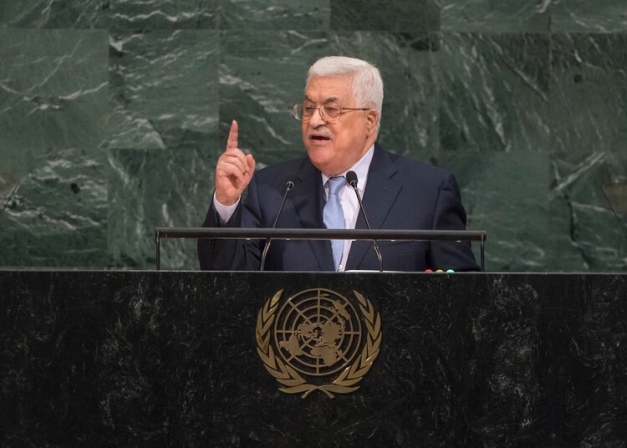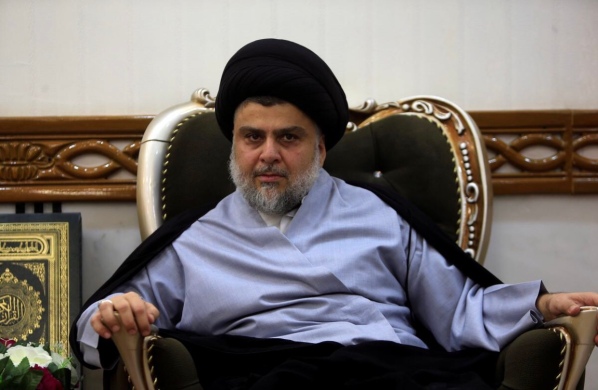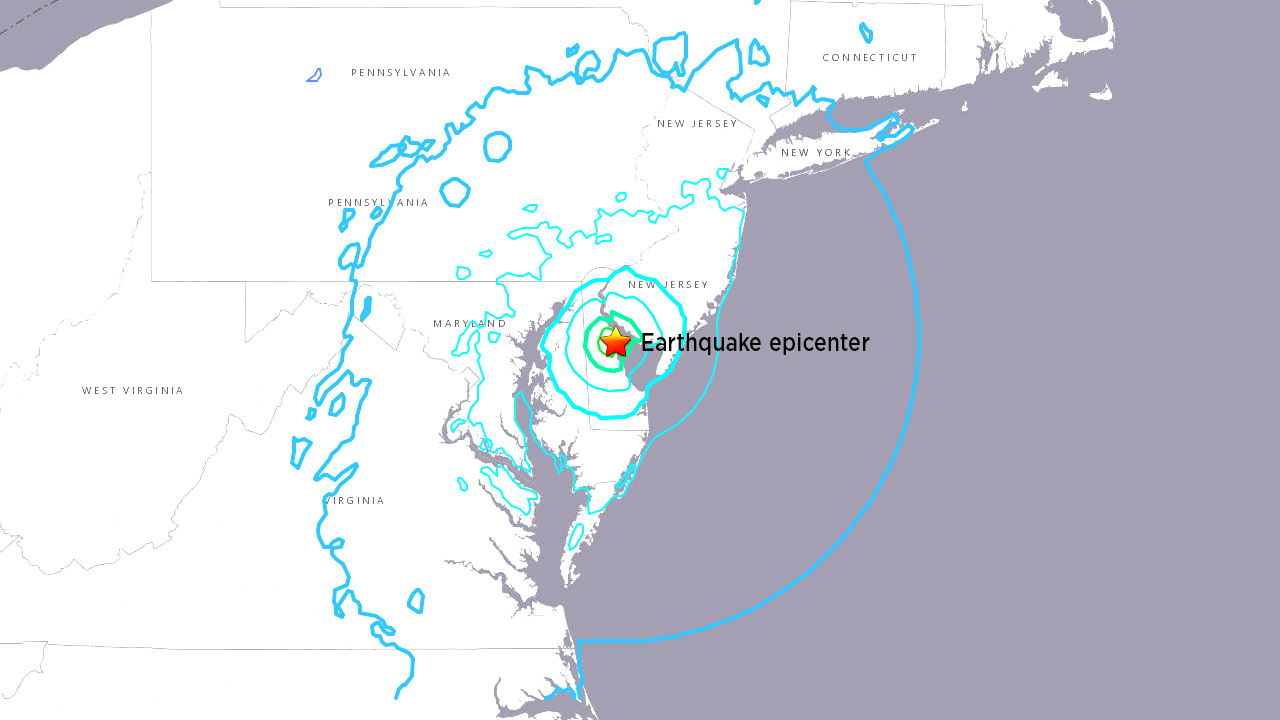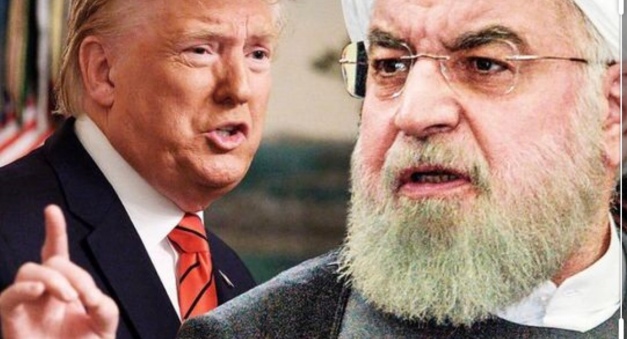
Palestinian Authority leader Mahmoud Abbas addresses the United Nations General Assembly in 2017
{Originally posted to the Gatestone Institute website}
Terrorists Call for Killing Jews — from UN HQ in Gaza
Bassam Tawil
30 Tishri 5780 – October 29, 2019
Leaders of several Palestinian factions are again calling for stepping up terrorist attacks against Jews. The difference is that this time, the calls were made during a sit-down strike held by Palestinians outside the offices of the United Nations in the Gaza Strip.
The leaders of the Palestinian factions chose to issue their calls for killing Jews in front of the UN offices in the Gaza Strip. It is as if they are asking the UN to approve their continual terrorist attacks against Israel.
What is clear — and disturbing — is that the UN officials in the Gaza Strip choose to remain silent when the Palestinian leaders came to their offices to incite their people to step up their terrorist attacks.
The sit-down strike was organized by the “Jerusalem Department” of Hamas, the terrorist group that has been ruling the Gaza Strip since the summer of 2007. The purpose of the sit-down strike was, according to Hamas, to protest visits by Jews to the Temple Mount, or Haram Al-Sharif — a site in Jerusalem sacred to both Muslims and Jews.
Hamas, which governs the Gaza Strip near Egypt, and the Palestinian Authority (PA), which governs the West Bank near Jordan, as well as other Palestinian factions have long been waging a vicious campaign of incitement against the decision by Israeli authorities to allow Jews to tour the Temple Mount compound.
The Palestinians are opposed to the presence of Jews on the Temple Mount — whether as visitors or worshippers. Jewish prayer on the Temple Mount is completely forbidden by the Israeli police, and Jewish visitors are forbidden from singing, whispering, praying or making any kind of religious displays. Still, the Palestinians continue to incite against the Jewish tours, ignoring the fact that the Israeli authorities do not allow Jews to pray on the Temple Mount.
The PA and Hamas officials and media outlets regularly describe the peaceful visits by Jews as “violent invasions by extremist Jewish settlers into the Al-Aqsa Mosque.”
Needless to say, the Jewish visitors never set foot inside the mosque that is located in part of the Temple Mount compound. That, however, has not stopped Palestinian leaders from lying to their people and the rest of the world by claiming that “Jews are desecrating our mosque.”
Again, the UN officials in the Gaza Strip who heard these lies during the sit-down strike did not bother to respond to the false claims. The silence of the UN officials speaks volumes about their attitude toward anti-Israel incitement and blood libels against Jews, all of which have become an integral part of both the UN’s and the Palestinians’ culture.
Not that anyone was expecting the UN and its senior officials truly to confront the leaders of the terrorists in the Gaza Strip. Yet, the UN ought at least to have issued a statement condemning the leaders who come to its offices in the Gaza Strip to spread lies and blood libels and call for violence against Jews.
Sadly, that did not happen, thereby paving the way for Palestinian leaders to believe that they have a green light from the international agency to pursue their murderous plans.
The UN’s Human Rights Council, in fact, has a “Special Rapporteur,” whose mandate is to “identify existing and emerging obstacles to the enjoyment of the right to freedom of religion or belief and present recommendations on ways and means to overcome such obstacles.”
That mandate, however, evidently does not include the right of Jews to ascend the Temple Mount, seen as the holiest site also for Jewish believers. Parts of the four retaining walls surrounding the Temple Mount date back to the time of the Second Jewish Temple, first century BCE. The walls were built around the summit of Mount Moriah where, biblically, Abraham offered his son, Isaac, as a sacrifice.
During the protest in front of the UN offices, Mushir al-Masri, a senior Hamas official, called on Palestinians to carry out stabbing, shooting and car-ramming attacks against Jews for their officially agreed-upon visits to the Temple Mount, this time during Jewish holidays. Al-Masri urged the PA to allow Palestinians living under its rule in the West Bank to “take action by launching attacks with knives, bullets and vehicles against Jews. “Let the Zionist enemy realize that as long as the Al-Aqsa Mosque is not living in safety under the rule of Muslims, the Zionists will not live in security on the land of Palestine,” al-Masri said.
The Hamas official further urged the Arab residents of Jerusalem to “revolt against the desecration of Al-Aqsa Mosque by herds of settlers.” Increasingly, however, all Israelis are being called “settlers,” whether they are or not. It possibly seems another easy way, for public consumption, to demonize the Jews both locally and internationally. To Palestinians, all of Israel is one big settlement that needs to be displaced.
Al-Masri also lashed out at Arab countries for purportedly engaging in normalization with Israel. “The normalization of some Arab regimes with the Zionist enemy is a poisoned dagger in the back of Jerusalem and Al-Aqsa Mosque,” he added. “This has allowed the Zionists to continue desecrating Al-Aqsa and Judaizing Jerusalem.”
Al-Masri and the leaders of the Palestinian factions who participated in the protest in front of the UN offices are openly saying that they want Palestinians to resume the “Knife Intifada” that took place between 2015 and 2016. During that year-long “uprising,” Palestinians carried out more than 400 stabbings and shootings, as well as more than 75 vehicular attacks, killing a total of 85 Israelis and wounding more than 1,400.
It is notable that the wave of terrorism erupted shortly after PA President Mahmoud Abbas accused Jews of “desecrating with their filthy feet” the Al-Aqsa Mosque — a lie originated 90 years ago by the then-Grand Mufti of Jerusalem, Haj Amin al-Husseini. Abbas’s September 16, 2015 modern-day lie was code for Palestinians to take to the streets and stab, shoot and ram Jews with cars.
Abbas also promised that any Palestinian killed while carrying out a terrorist attack “will reach Paradise.” His exact words were:
“We will not allow Jews to defile Al-Aqsa Mosque and Jerusalem. The Al-Aqsa [Mosque] is ours and they have no right to defile it with their filthy feet. We bless every drop of blood that has been spilled for Jerusalem, which is clean and pure blood, blood spilled for Allah, Allah willing. Every martyr will reach paradise, and everyone wounded will be rewarded by Allah.”
Hamas and the Palestinian factions are now calling on Abbas to fulfill his pledge once again and permit Palestinians to resume the “Knife Intifada.” The factions are saying that Abbas’s security forces in the West Bank should not stop terrorists from renewing their killing spree of Jews.
Talal Abu Tharifeh, another Palestinian terrorist leader who participated in the sit-in strike in front of the UN offices, seized the opportunity to call for a “mass uprising” against Israel, also to protest the Jewish visits to the Temple Mount. Abu Tharifeh, one of the leaders of the PLO’s terrorist group, the Democratic Front for the Liberation of Palestine (DFLP), made it clear that he was not referring to peaceful protests:
“We want a mass Intifada that would be able to affect the balance of power on the ground in order to confront Israeli measures. It is time to turn the rhetorical engagement into a clash [with Israel] on the ground.”
Both al-Masri and Abu Tharifeh stated that their messages of launching terrorist attacks against Jews were being made on behalf of several “national and Islamic factions” in both the West Bank and Gaza Strip. To be clear: the two men were saying that their call for killing Jews is not a private initiative, but one endorsed by a number of groups that represent hundreds of thousands of Palestinians.
Abbas’s PA in the West Bank, meanwhile, seems to approve of the new threats made by the Palestinian terrorist groups. The PA-controlled media, specifically the official Palestinian news agency Wafa, continues to incite Palestinians against the Jewish tours of the Temple Mount on an almost daily basis.
In an October 10 dispatch, Wafa used Hamas’s terminology to report incorrectly on the tours:
“189 [Jewish] settlers stormed the compound of Al-Aqsa Mosque under strict protection of the Israeli occupation police. The settlers carried out provocative tours of the site.”
It appears that the UN and the rest of the international community have no problem with the continued incitement and lies by the Palestinians against the Jews.
By allowing Hamas and other terrorist leaders to urge Palestinians to stab and shoot Jews, the UN is again exposing its true colors — bias in favor of the terrorists and a violation of its human rights convention regarding freedom of worship and access to holy sites. One can only imagine the uproar had Jews stood in front of the UN offices and called for launching a wave of terrorist attacks against Arabs or Muslims.
If the UN was really interested in contributing to peace in the Middle East, it would be castigating Palestinian leaders for using its premises to call for killing Jews. Providing jobs and food to Palestinians is a nice thing the UN is doing in the Gaza Strip. However, turning a blind eye to incitement and blood libels, especially when they are issued from your own premises, only emboldens the terrorists and inspires more bloodshed — that of Jews.
Perhaps it is time to call out the UN for the racism it not only embodies but also perpetuates. Perhaps it is time for all nations, especially the United States which shoulders so much of the UN’s bill, finally to pay only for what they want and to get what they pay for.
 The Ramapo fault and other New York City area faults
The Ramapo fault and other New York City area faults 







